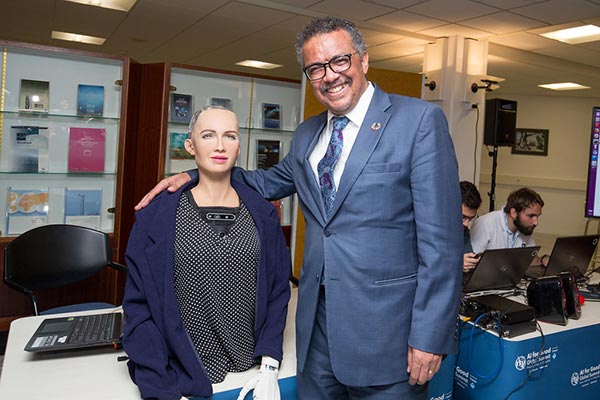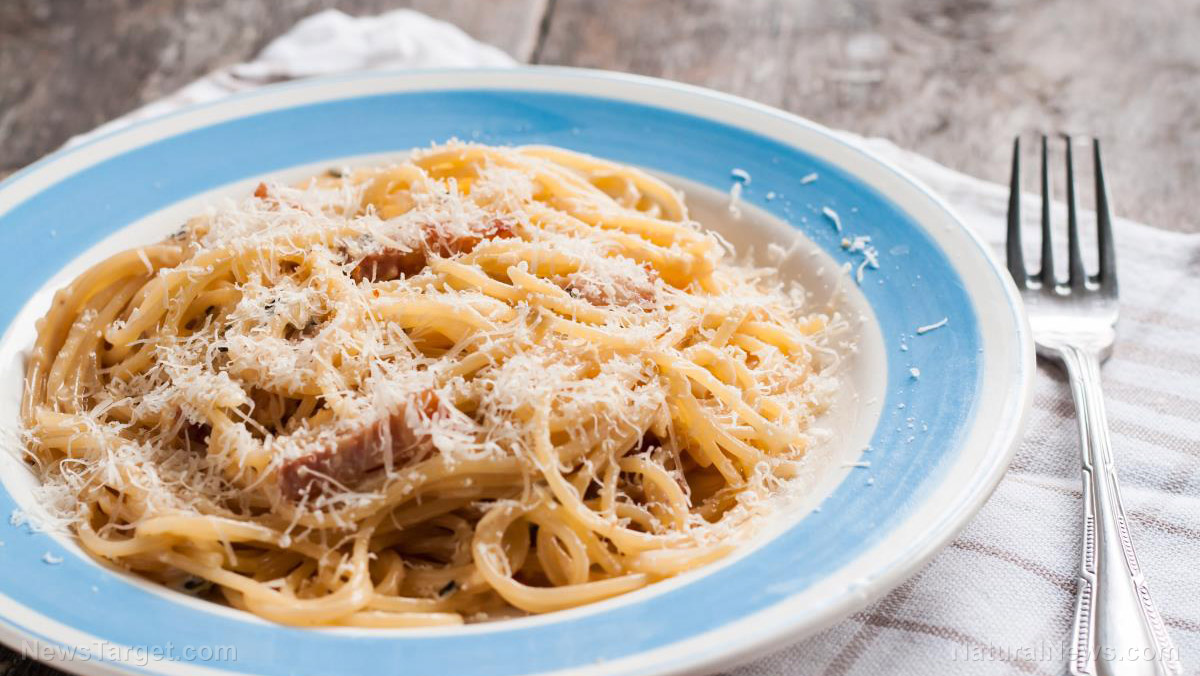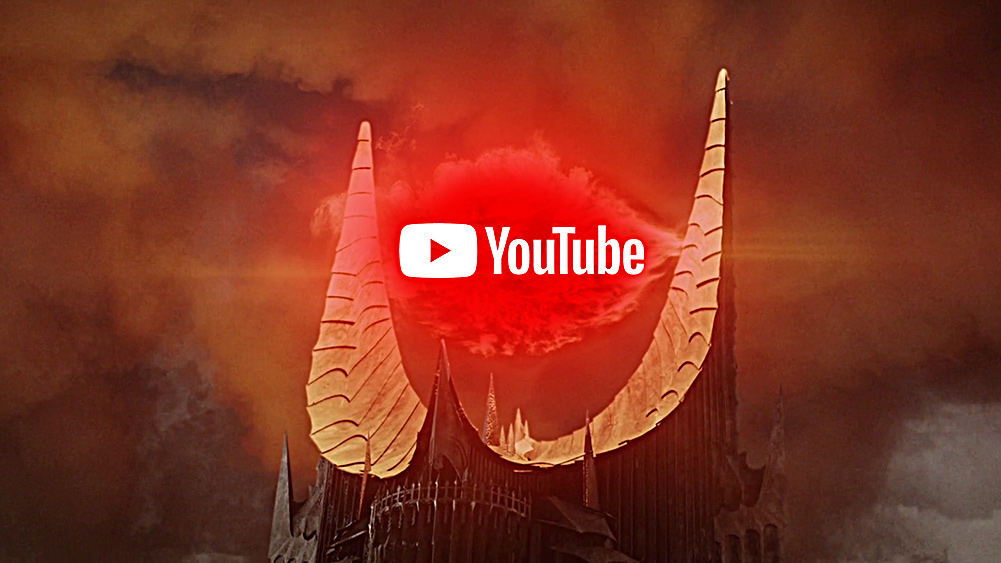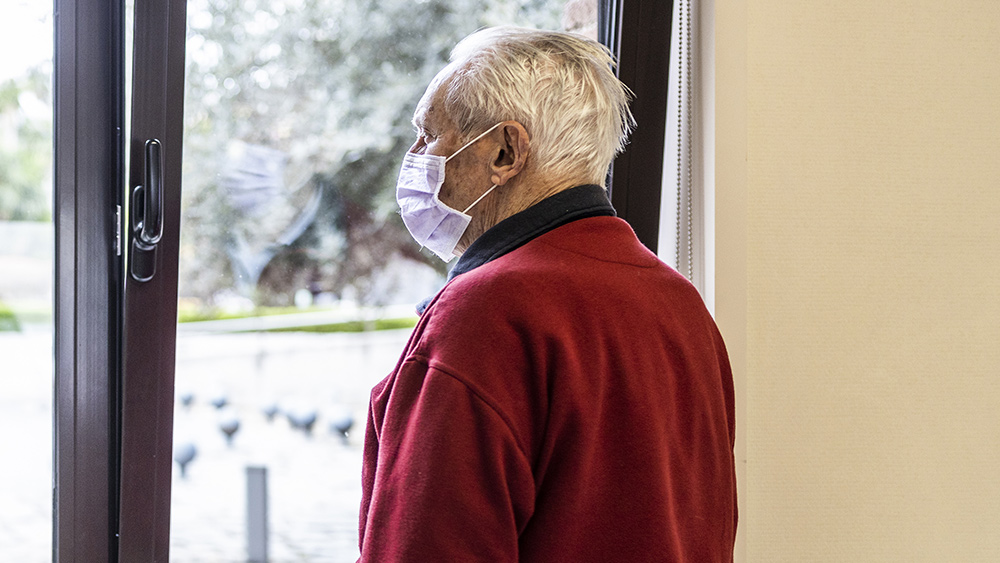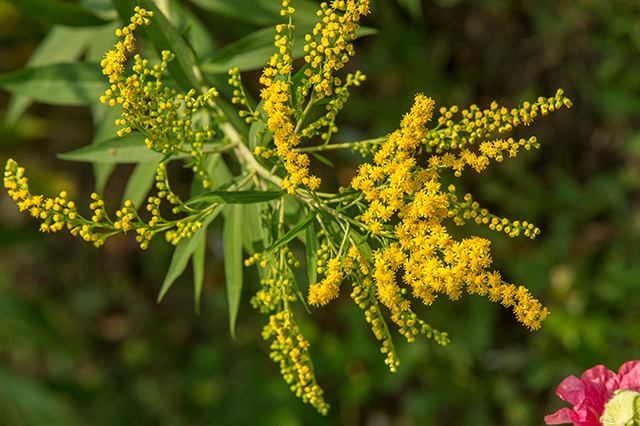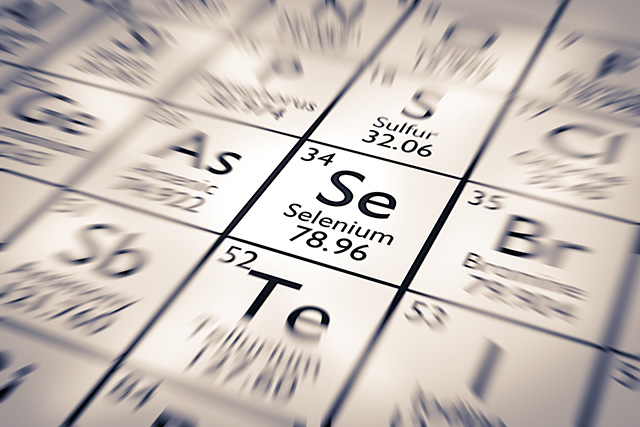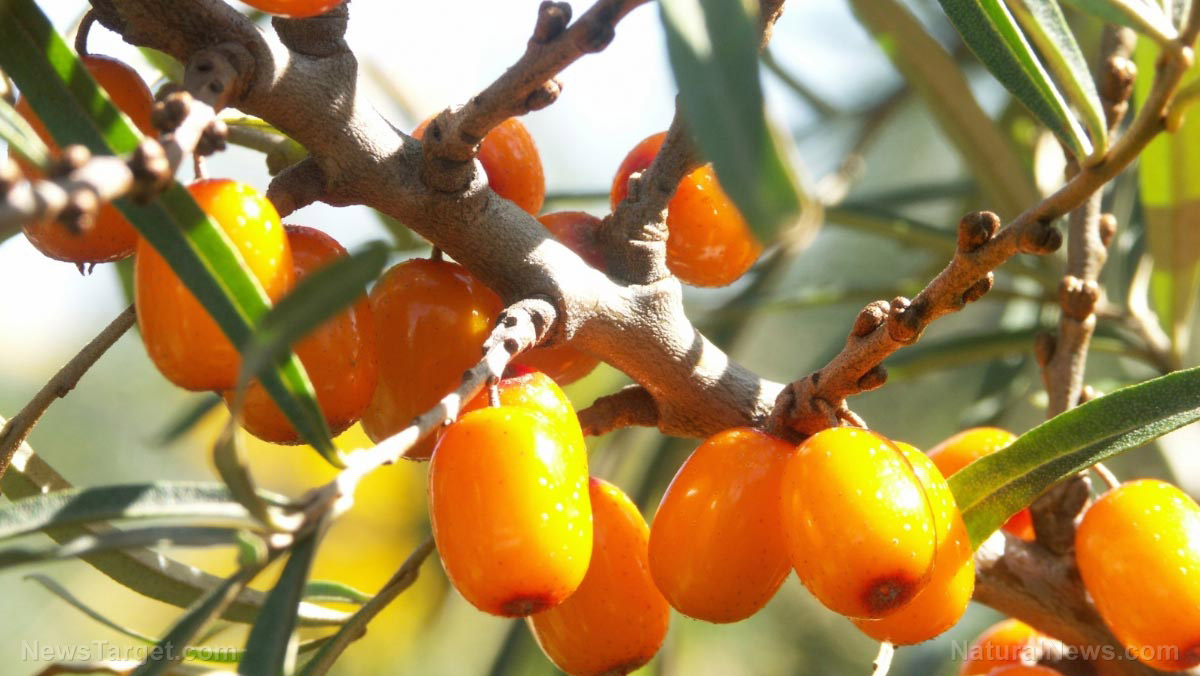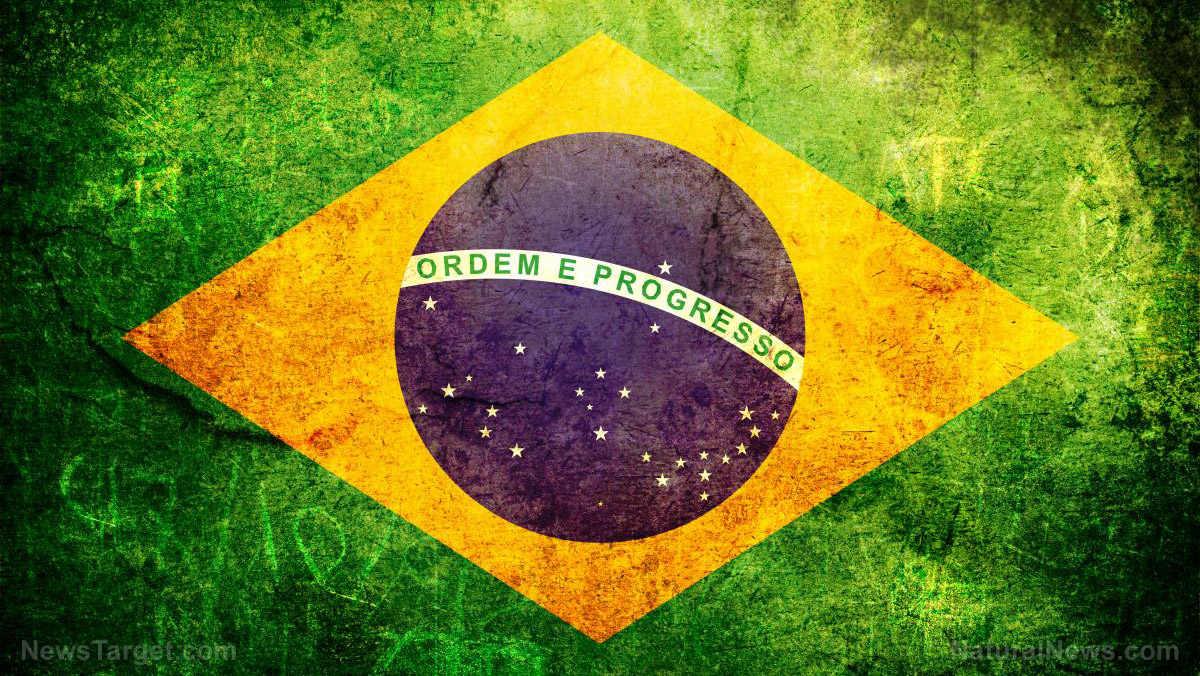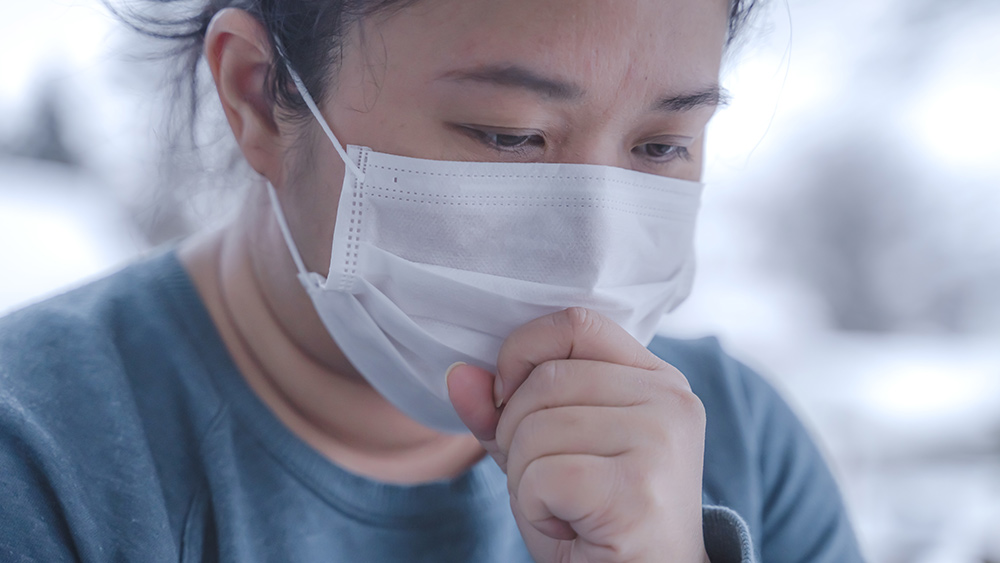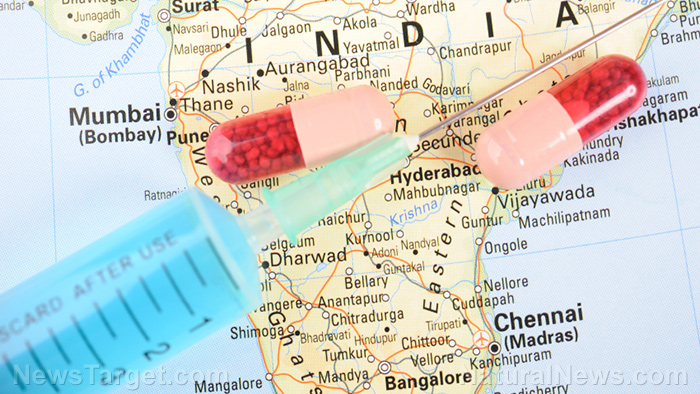Self-administered acupressure helps relieve migraine symptoms, improves sleep quality: Study
04/30/2020 / By Evangelyn Rodriguez
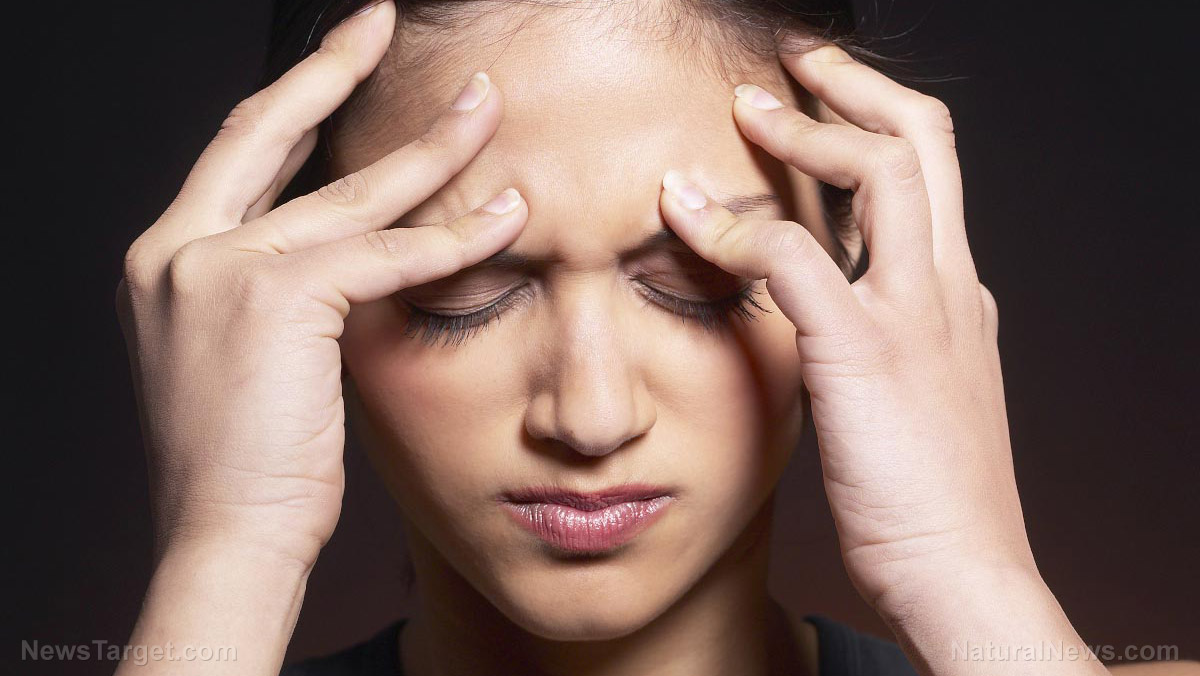
Acupressure is a self-massage technique used by Ancient Chinese healers to treat certain illnesses and pain. This healing art, often referred to as acupuncture without needles, involves the application of manual pressure using the fingertips to stimulate specific points called acupoints along the body. This action is believed to activate the body’s self-healing mechanism.
According to Traditional Chinese Medicine (TCM) principles, good health is a consequence of the unobstructed flow of vital energy, or qi, through natural pathways called meridians. However, disruption of this flow or blockages along the meridians can result in an imbalance of Yin and Yang and the development of disease. Hence techniques like acupuncture and acupressure were developed to release these blockages and return the body to its normal state.
In a recent study, Iranian researchers investigated whether self-administered acupressure can help improve sleep quality and fatigue in patients with migraine. Migraine is a neurological condition marked by severe and debilitating headaches, which can deprive people of rest. The researchers found that acupressure can help those with migraine by reducing fatigue. They reported their findings in an article published in the journal Complementary Therapies in Clinical Practice.
Acupressure can address lack of energy in people with migraines
According to studies, poor sleep quality and fatigue are two of the most common complaints associated with migraine. These problems contribute to the development of severe headaches.
To evaluate the effect of acupressure on these symptoms, the researchers conducted a double-blind, randomized controlled trial that involved a total of 76 patients, all of whom suffered from migraine without aura. These patients were recruited from the neurology clinic of Valiasr (PBUH) teaching hospital in Iran.
The researchers randomly assigned these patients to either an acupressure group or a sham acupressure group and used a demographic questionnaire, the Pittsburg Sleep Quality Index and the Fatigue Severity Scale to collect data from the patients.
Both the acupressure and sham groups were trained for four consecutive weeks to apply acupressure on acupoints or sham points three times weekly at bedtime. The researchers then analyzed the data they collected using Chi-square, independent-sample t, paired-sample t and ANCOVA tests.
After controlling sleep quality mean scores at baseline, the researchers found no significant difference between the sleep quality of the two groups after intervention. However, the mean scores for fatigue significantly decreased in both the acupressure and sham acupressure groups.
Further analysis showed that the decrease in fatigue in the acupressure group was significantly greater than the decrease in the sham acupressure group.
Based on these findings, the researchers concluded that acupressure is a non-invasive and non-pharmacological therapy that can significantly reduce fatigue in patients with migraine.
How to apply acupressure by yourself
Like acupuncture, acupressure is a form of stimulation that can induce relaxation, especially of the muscles. Acupressure is also effective for the management of pain; but unlike acupuncture, it can be self-administered. There are, however, several acupoints that correspond to different parts of the body and different types of pain or conditions. In order for acupressure to be effective, you’ll need to first learn which points to stimulate. Consult with a licensed practitioner to get the most out of this technique.
Acupressure can be done in a variety of ways, but the most simple method is by using your fingers to apply the necessary pressure. Once you’ve identified the correct acupoints for your condition, you can use circular or up-and-down movements to stimulate these points for several minutes at a time. When applied regularly, acupressure can sustain improvements and reduce the recurrence of your symptoms.
Here’s how to apply acupressure on yourself: (Related: Acupressure therapy can be used to restore hormonal balance; here are some acupressure points to try.)
- Massage the appropriate acupoints with deep, firm pressure.
- Find a comfortable position and relax with your eyes closed while applying acupressure. Breathe deeply.
- Repeat application as often as you see fit.
- You can also ask someone to massage your acupoints if you’re having problems reaching them.
Acupressure is a safe and effective healing art that stimulates and supports your body’s natural healing process. It is also non-invasive, so you don’t have to worry about bleeding or incurring wounds or infections. For best results, seek guidance only from licensed or certified TCM practitioners.
Sources include:
Tagged Under: acupressure, alternative medicine, brain disorder, brain function, brain health, Chinese medicine, headaches, migraine, natural cures, natural medicine, Naturopathy, non-invasive therapy, remedies, research, TCM


